A Robust Regional Politics in India
Regional or State parties have been able to maintain their legacy since the ’90s in India. No matter how big and strong National Parties are there on the battlefield but they could not defeat Regional parties in the State assembly elections. A party who secure at least 6% of the total votes in Lok Sabha (Parliamentary) elections or Assembly elections (Vidhan Sabha) in four states and wins at least four seats in Lok Sabha elections recognized as a National Party. On the other side, A party which secure at least 6% of total votes in an election to the Legislative assembly of any State and manage to win at least 2 Assembly seats is recognized as a State party. As per the Election Commission of India statistics, there are over 2000 Political Parties in India. In which, India has more than 50 recognized state parties and 8 National Parties.
Apparently, National parties are built over some Nationwide statehood agenda, Development needs, Identity and Autonomy. Whereas Regional parties are usually built over Caste, Creed or Regional and linguistics issues. Scrupulously, sometimes we witness a State party origin over failures of National parties and inability to provide good governance. Thus, the rise of Regional parties needs more and more autonomy and want to rule their state as per their priorities and needs. We can witness such many examples where regional movements started with a big regional agenda and landed up as a Political party. For instance: we can see Telangana Rashtra Samiti (TRS) led by K. Chandrashekar Rao, based in Telangana with a single point agenda of creating a new State – Telangana with Hyderabad as its Capital. And, they became successful.
This whole process developing a State party eventually decentralized the power from Centre to State. Where Regional parties or party holds their grip over the state and have a long term influence if they win elections. A consecutive three-time CM Arvind Kejriwal’s Aam Aadmi Party(AAP) in Delhi & consecutive five-time CM Naveen Patnaik’s Biju Janta Dal (BJD) in Odisha swept Delhi and Odisha state elections amid there was a strong wave of PM Narendra Modi and BJP – A National Party, across the country. And Needless to say, Mr Arvind Kejriwal & Mr Naveen Patnaik enjoys the same popularity and majority in their respective Delhi and Odisha State as PM Modi enjoys in Centre.
Unambiguously, the parties have been successfully able to fulfil the gap of a good governing party that people were looking for. Though, National parties ruled the very same states for decades earlier but have lost their flair in public now. There have been a few other reasons too which could enable regional parties to keep their hold in states – linguistics, caste & their regional culture has also been a big factor. Also, there have been a few exceptions where the magic of State parties could not work. For instance – Uttar Pradesh 2017 Assembly elections where a National – Bharatiya Janata Party defeated Akhilesh Yadav’s Samajwadi Party (SP) which suddenly disperse this stereotype.
Indians are yet again to test this stereotype as there are many state elections are lined up. Bihar election in November 2020, West Bengal in 2021 & most awaited Uttar Pradesh in 2022. Politics is always the most unpredictable game. Indians hope to see some competitive & good governments irrespective who they are…!

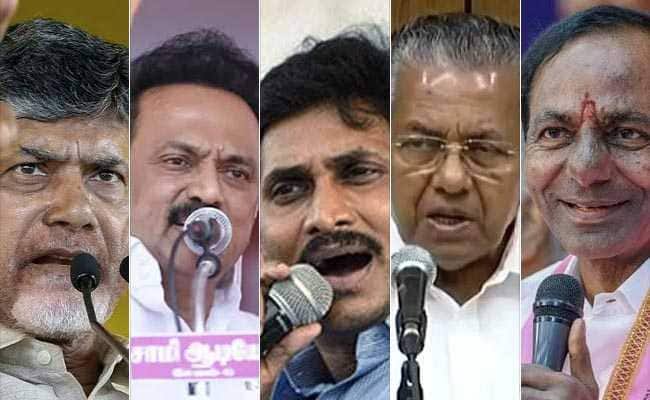
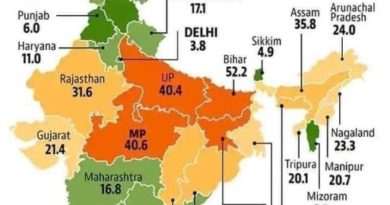
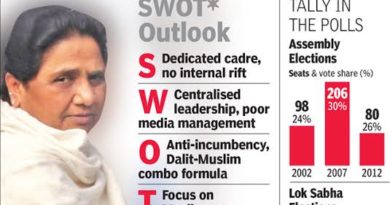
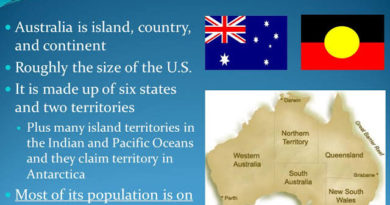

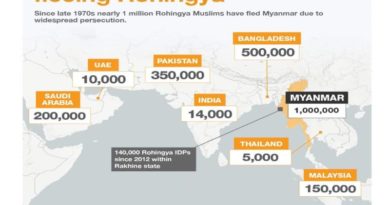


Hey there I think that is among the most significant info for me. And i’m happy reading your article. But should commentary on some general issues, The site taste is ideal, the articles is actually great : D. Good task, cheers thank u
Thank you so much for your compliment. I will continue to bring such content to you. I appreciate your feedback as well.
Hi Spot on with this write-up, I truly feel this website needs a great deal more attention. I’ll probably be back again to read more, thank you
Thank you very much for your appreciation!
Hi there ,very inteteresting blog page. thanks
Thanks for your great feedback.
I besides conceive thus, perfectly indited post! .
Thanks a lot!